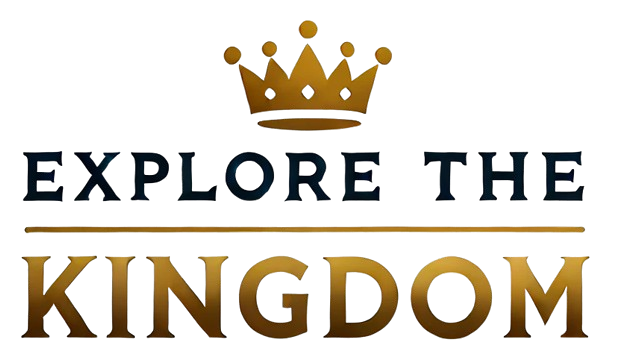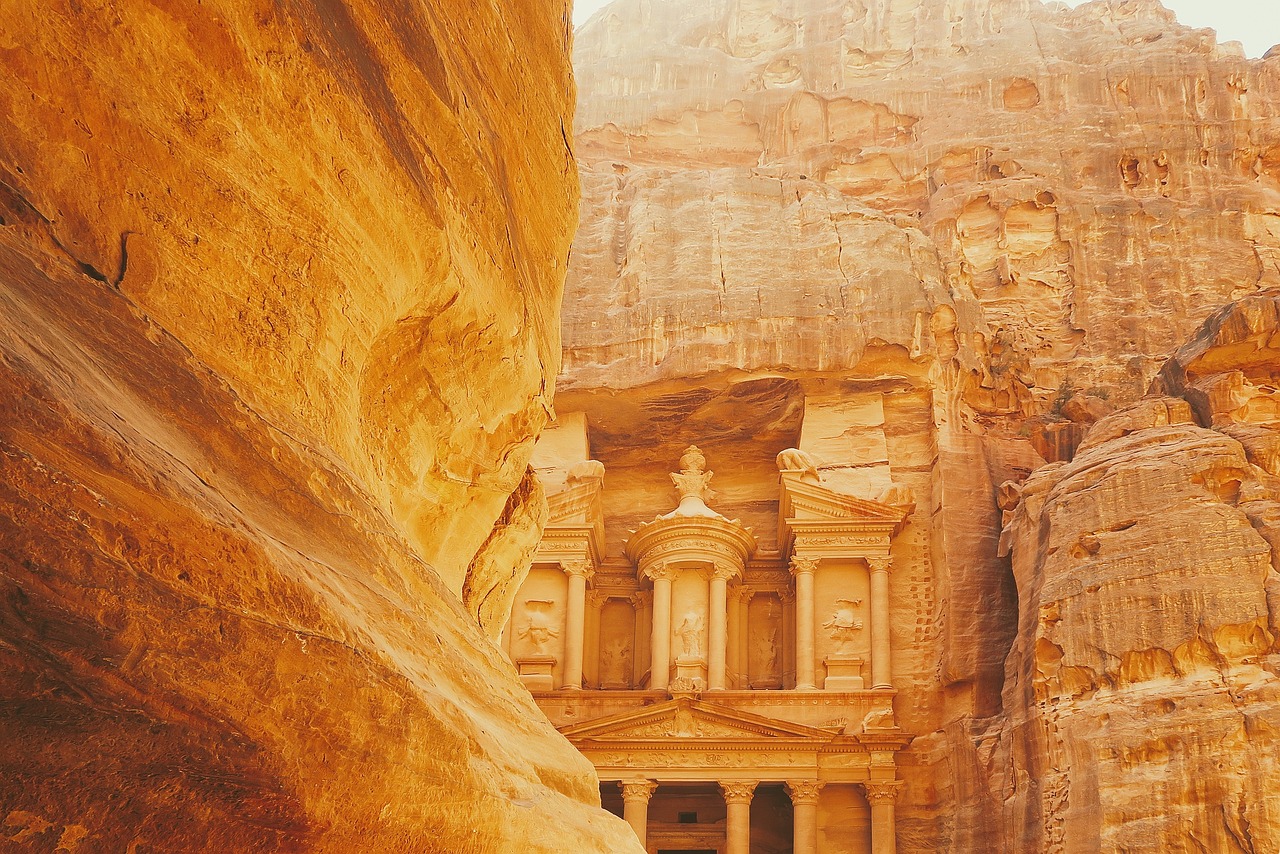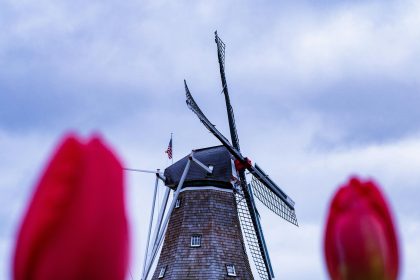Throughout history, power dynamics have shaped societies, influenced cultures, and dictated the course of civilizations. From the earliest tribal communities to modern nation-states, how power is acquired, maintained, and challenged have evolved significantly. This article explores the evolution of power dynamics in human civilization, tracing its development from primitive societies to the complexities of contemporary governance.
The Origins of Power: Tribal Societies and Early Civilizations
In the earliest human societies, power was often synonymous with survival. Small tribal groups relied on shared resources and communal decision-making. Leadership roles typically fell to the most capable individuals—usually the strongest warriors or the most skilled hunters—who could ensure the tribe’s safety and sustenance. This form of power was largely informal and based on respect and consensus rather than coercion.
Power dynamics shifted as human societies transitioned from nomadic lifestyles to settled agricultural communities. The establishment of agriculture allowed for surplus production, leading to the rise of more complex social structures. With increased food production came the need for organization and governance. Early civilizations, such as those in Mesopotamia, Egypt, and the Indus Valley, saw the emergence of hierarchical systems where power became institutionalized.
In these early states, power was often concentrated in the hands of a ruling elite, typically composed of kings or pharaohs who claimed divine right or ancestral lineage. This new form of governance relied on military strength, religious authority, and bureaucratic management. The ruling class maintained control by monopolizing resources, establishing laws, and employing a class system delineating social roles.
The Classical Era: Empires and Philosophical Shifts
The classical era saw the rise of empires, further complicating power dynamics. The Roman Empire, for example, exemplified the consolidation of power through military conquests, territorial expansion, and the establishment of a complex legal system. The centralized governance of the Roman Empire allowed for a degree of stability and integration. Still, it also led to significant disparities in power between the ruling class and the populace.
During this period, philosophical thought began influencing ideas about power and governance. Thinkers like Plato and Aristotle explored concepts of justice, virtue, and the ideal state. The notion of the “social contract” emerged, suggesting that power should derive from the consent of the governed. This marked a significant shift from the divine right of kings to a more participatory governance model, laying the groundwork for future democratic movements.
## The Middle Ages: Feudalism and Religious Authority
Following the fall of the Roman Empire, Europe entered the Middle Ages, characterized by feudalism. Power dynamics became decentralized, with local lords wielding significant authority over their lands and vassals. This system created a hierarchical structure where loyalty and military service were exchanged for protection and land. While local lords held substantial power, the Catholic Church emerged as a dominant force, influencing spiritual life and political affairs.
The church’s authority often rivaled monarchs, leading to complex power struggles. Popes wielded significant influence, at times dictating terms to kings and emperors. The interplay between religious and secular power during this period showcased the fluidity of authority and the various ways power could be challenged or legitimized.
The Renaissance and Enlightenment: Challenging the Status Quo
The Renaissance revived classical thought and a renewed interest in individualism, science, and humanism. This cultural movement encouraged questioning longstanding beliefs about power and governance. The Enlightenment, in particular, brought forth ideas that emphasized reason, individual rights, and the concept of government as a construct of the people.
Philosophers like John Locke, Thomas Hobbes, and Jean-Jacques Rousseau challenged traditional power structures, advocating for governance based on the consent of the governed. The notion that individuals have inherent rights and that governments are accountable to their citizens laid the philosophical groundwork for revolutions redefining power dynamics in the modern world.
The American Revolution (1775-1783) and the French Revolution (1789-1799) embodied these Enlightenment ideals, leading to the establishment of republics founded on principles of democracy and equality. These revolutions marked a significant shift in power dynamics, signaling absolute monarchies’ decline and popular sovereignty’s rise.
The Industrial Revolution: Economic Power and Class Struggle
The Industrial Revolution fundamentally altered power dynamics by transforming economies and societies. The shift from agrarian economies to industrialized ones led to the rise of the working class and the emergence of capitalism. As factories sprang up, economic power became increasingly concentrated in the hands of industrialists and entrepreneurs.
This economic shift also gave rise to new social classes and significant disparities in wealth and power. The working class, often subjected to harsh working conditions and low wages, began to organize for better rights and representation. Labor movements emerged, challenging the authority of industrialists and pushing for reforms.
The struggle between capital and labor illustrated the ongoing evolution of power dynamics, highlighting the tensions between different social classes and the quest for equitable resource distribution. Socialism and communism emerged as responses to capitalism’s inequalities, advocating for collective ownership and the redistribution of power.
The 20th Century: Global Conflicts and the Rise of Democracy
The 20th century was marked by monumental shifts in power dynamics, driven by global conflicts, decolonization, and the spread of democratic ideals. The two World Wars reshaped the political landscape, leading to the decline of colonial empires and the rise of independent nations. The aftermath of World War II saw the establishment of international institutions such as the United Nations, promoting peace and cooperation.
The Cold War era introduced new dimensions to power dynamics, characterized by ideological conflict between capitalism and communism. The struggle for influence between the United States and the Soviet Union led to proxy wars and the division of the world into spheres of influence. The eventual collapse of the Soviet Union in 1991 marked a significant turning point, signaling the triumph of liberal democracy and capitalism in many parts of the world.
The Contemporary Era: Globalization and New Power Structures
In the contemporary era, power dynamics are increasingly influenced by globalization, technology, and the interconnectedness of societies. The rise of the internet and social media has transformed how power is wielded and challenged. Information is more accessible than ever, empowering individuals to organize, mobilize, and demand accountability from those in power.
However, globalization has also led to new challenges. Economic disparities persist, and the concentration of wealth and power in multinational corporations raises questions about the democratic process. Movements advocating for social justice, environmental sustainability, and political reform have emerged as responses to these challenges, reflecting the ongoing evolution of power dynamics.
Moreover, the rise of authoritarianism in various regions underscores the fragility of democratic institutions. The struggle for power remains a complex interplay of historical legacies, cultural contexts, and emerging global trends.
Conclusion: The Future of Power Dynamics
The evolution of power dynamics in human civilization is a testament to the ever-changing nature of authority and governance. From tribal communities to modern democratic states, power has been shaped by cultural, economic, and philosophical forces. Understanding the historical context of power dynamics becomes essential as societies grapple with issues of inequality, representation, and accountability.
Technological advancements, shifting demographics, and the ongoing quest for social justice will likely influence the future of power dynamics. As new forms of governance emerge, the fundamental questions surrounding power—who holds it, how it is exercised, and who benefits—will remain at the forefront of human civilization’s narrative. Exploring this evolution provides insight into our past and helps us navigate the complexities of our present and future.



